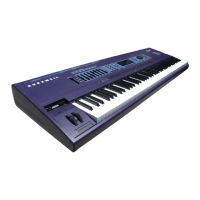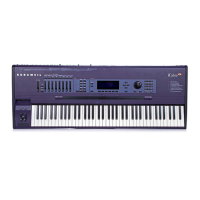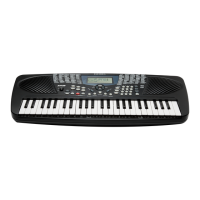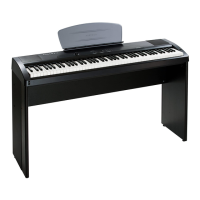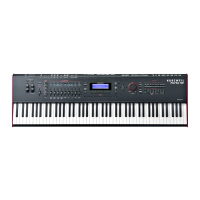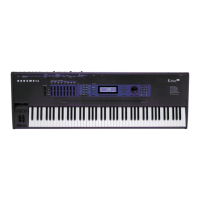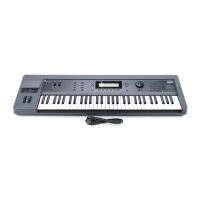11-8
Master Mode
MAIN
Intonation
Most modern western music uses what is known as equal temperament. This means that the
interval between each semitone of the 12-tone octave is precisely the same as every other
semitone. However, many dierent intonation intervals have evolved over the centuries and
across cultures and instruments, so equal temperament will not sound appropriate for certain
styles of music. The PC3A supplies you with 17 dierent factory intonation maps which are
useful for a range of dierent styles. By changing the value for this parameter, you select from
among the intonation maps stored in the PC3A’s memory. You can further customize each map
or create your own by editing a map (see Editing Intonation Maps below.) Each of these maps
denes dierent intervals between each of the semitones in a single octave (used for all octaves)
by setting pitch osets for each note in cents.
Scroll through the list of Intonation maps, and listen for the dierences between semitones. Some
of the intervals between semitones may be quite dierent from equal temperament, but you’ll
notice that all notes are precisely tuned with notes that are an octave apart. This is because the
intonation maps set the intervals within a single octave, and apply those intervals to each octave.
Like many instruments before the adaptation of equal temperament, most of these intonation
maps were designed to sound best in one specic key. Though some may have historically been
in a dierent key, all of the PC3As factory intonation maps are set to root note C by default. You
can change the root key of the current intonation map by using the Int.Key parameter (see the
Intonation Key (Int.Key) section below.)
List and Description of Intonation Maps
0 None No intonation map is used, intonation is equal but cannot be edited.
1 Equal No detuning of any intervals. The standard for modern western music.
2 Classic Just Tunings are dened based on the ratios of the frequencies between intervals.
The original tuning of Classical European music.
3 Just Flat 7th Similar to classic Just, but with the Dominant 7th atted an additional 15 cents.
4 Harmonic The perfect 4th, Tritone, and Dominant 7th are heavily atted.
5 Just Harmonic Approximation of a historical intonation.
6 Werkmeister Named for its inventor, Andreas Werkmeister. It’s fairly close to equal
temperament, and was developed to enable transposition with less dissonance.
7 1/5th Comma Approximation of a historical intonation based on the comma system.
8 1/4th Comma Approximation of a historical intonation based on the comma system.
9 Indian Raga Based on the tunings for traditional Indian music.
10 Arabic Oriented toward the tunings of Mid-Eastern music.
11 BaliJava1 Based on the pentatonic scale of Balinese and Javanese music.
12 BaliJava2 A variation on 1Bali/Java, slightly more subtle overall.
13 BaliJava3 A more extreme variation.
14 Tibetan Based on the Chinese pentatonic scale.
15 CarlosAlpha Developed by Wendy Carlos, an innovator in microtonal tunings, this intonation
map ats each interval increasingly, resulting in an octave with quarter-tone
intervals.
16 Pyth/aug4 This is a Pythagorean tuning, based on the Greek pentatonic scale. The tritone is
12 cents sharp.
17 Pyth/dim5 This is a Pythagorean tuning, based on the Greek pentatonic scale. The tritone is
12 cents at.
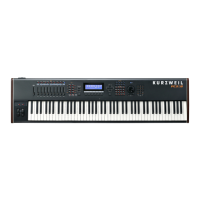
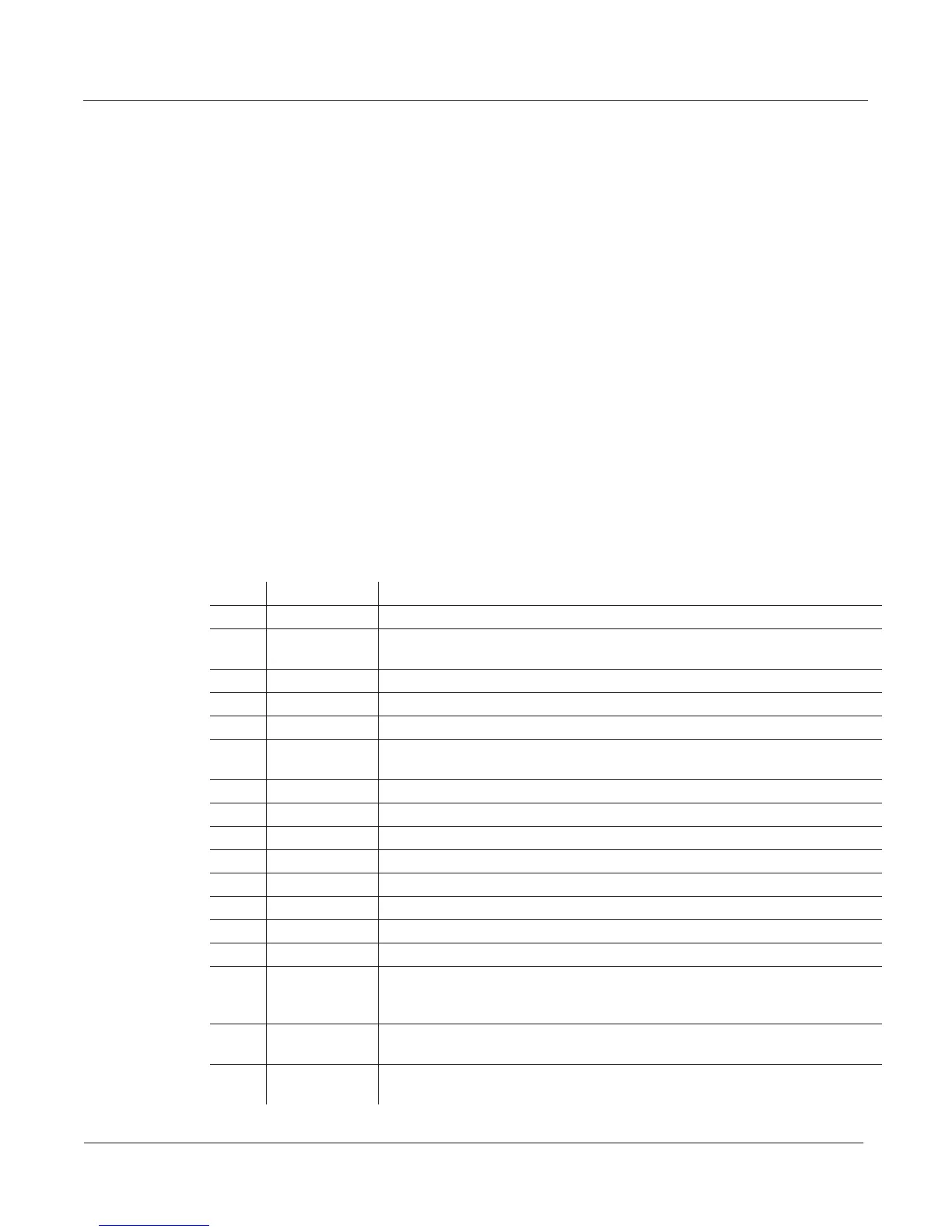